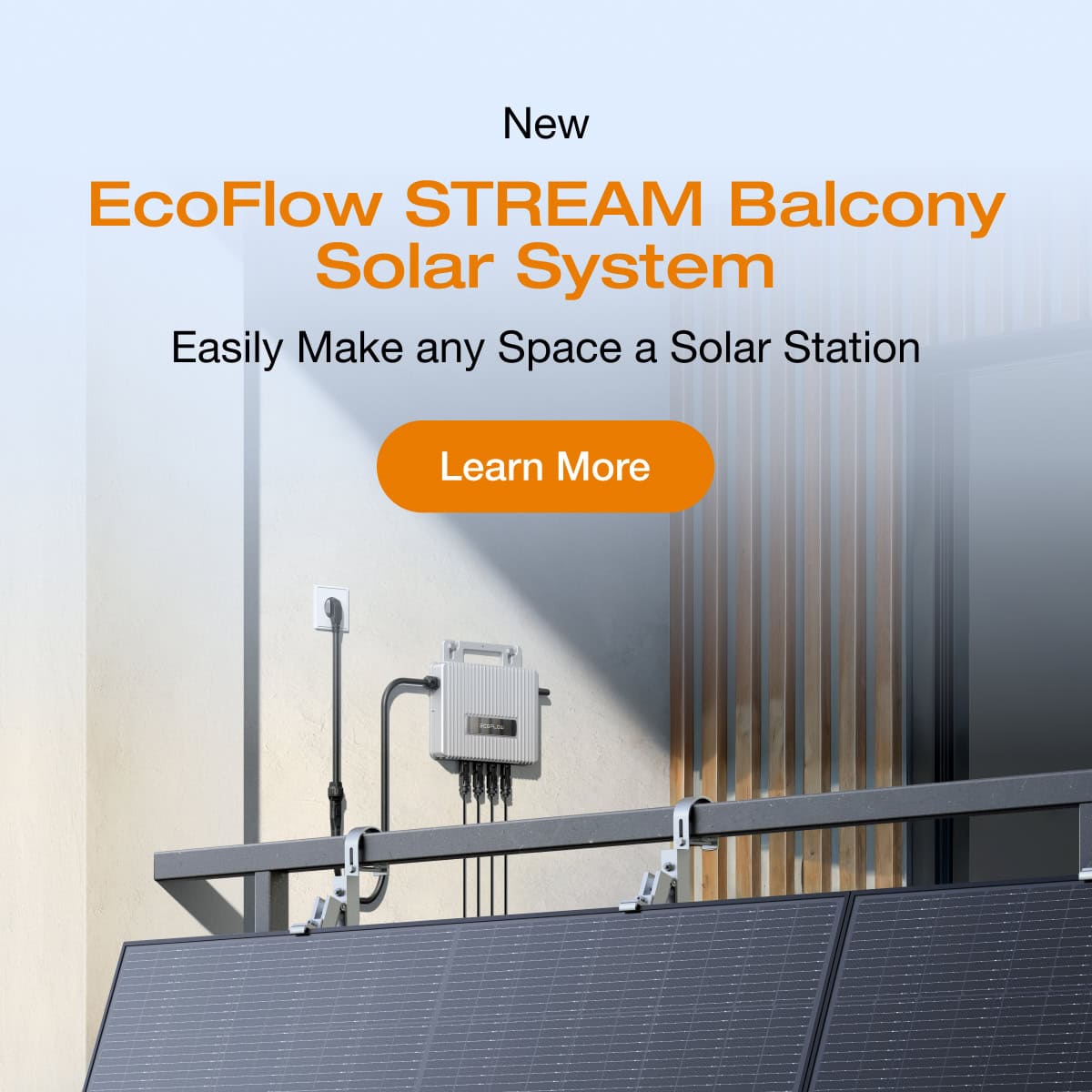Table of Contents
Understanding our energy usage is more than just a way to save money on utility bills; it’s an integral part of our journey towards a more sustainable lifestyle.
Modern electricity monitoring devices offer real-time power consumption statistics for single outlets or entire homes. This technology allows homeowners to monitor their electricity usage and adjust their consumption patterns.
In this article, we’ll learn about home energy usage, how to monitor it, and the role that smart plugs can play in your energy-conscious home.
How Is Energy Usage Calculated?
Energy usage is calculated based on the power rating of an appliance and how long it’s used. The unit of power is the watt (W) and duration is measured in hours. Energy consumption is expressed in watt-hours (Wh) or kilowatt-hours (kWh), where 1 kWh equals 1,000 Wh.
If you’re not yet using a smart electricity metre, you can use a few simple calculations to estimate the energy usage of individual appliances or your whole home.
The following steps will help you calculate your home’s energy usage:
- Identify the wattage requirements of your appliances: Survey the wattage requirements of the appliances and devices you plan to use. You can usually find the wattage requirements labelled on the appliance. We’ve also compiled the starting and running watts of typical household appliances in the table below.
- Document the duration of use: Track how long each appliance has been used in hours. For appliances that are used intermittently (like a refrigerator that turns on and off to maintain temperature), you may need to estimate usage or use a monitoring device to accurately track time.
- Convert volts/amps to watts: If your appliance’s power requirements are in volts or amps, you can calculate an appliance’s running watts with this equation:
Volts (V) x Amps (A) = Watts (W)
- Calculate Energy Usage per Appliance: Multiply the wattage of each appliance by the number of hours used. This will give you the energy consumption in watt-hours (Wh).
- Convert Watt-hours to Kilowatt-hours: Since energy companies bill in kilowatt-hours (kWh), you’ll need to convert the figure from watt-hours to kilowatt-hours. To do this, divide the number of watt-hours by 1,000.
- Calculate the sum: Add up the energy consumption of all appliances. The result is your total energy consumption for that period.
Starting and Running Watts of Typical Household Appliances
| Appliance | Rated (Running) Watts | Starting Watts |
| Dishwasher | 1300 | 1800 |
| Washing Machine | 1200 | 2300 |
| Refrigerator/Freezer | 700 | 2200 |
| Light Bulb | 60-75 | 0 |
| Microwave | 600-1000 | 0 |
| TV | 500 | 0 |
| Toaster | 900 | 0 |
| Vacuum | 1440 | 2500 |
| Coffee Maker | 1000 | 0 |
| Blender | 300 | 800 |
| Clothing Iron | 1500 | 0 |
| Dryer | 5400 | 7000 |
| Toaster Oven | 1200 | 0 |
| Curling Iron | 1500 | 0 |
| Space Heater | 2000 | 0 |
| Laptop | 50-300 | 0 |
| 20” Box Fan | 200 | 350 |
These figures are approximations, and actual consumption may vary based on factors such as the exact appliance model. You can utilise smart plugs and similar devices to monitor and control energy usage in real time, enabling more precise tracking.
How Can I Monitor My Whole House Electricity Usage?
Looking at your electricity bill is the simplest way to receive insight into the energy usage of your whole home. This information is typically itemised to provide daily averages and comparisons to prior billing periods.
For a more detailed look, try monitoring individual outlets to identify the appliances using the most energy. You can identify these devices using smart plugs or energy-monitoring outlets that measure the power consumption of each device plugged into them.
By monitoring individual appliances, you can identify which devices draw the most power and adjust their usage for greater efficiency. The goal is to collect enough information to make informed decisions about your usage.
Whether you’re looking to save money, reduce your environmental footprint, or both, having a detailed understanding of your energy consumption is the first step.
Is There a Device to Monitor Your Electricity Usage?
The EcoFlow Smart Plug is designed to monitor and control the energy usage of individual appliances in your home. It seamlessly integrates with the EcoFlow app, giving you real-time energy tracking and other functionality at your fingertips.
This plug is aimed at homeowners, renters, and businesses looking for a simple way to increase power efficiency, reduce their carbon footprints, and save energy. The primary use cases involve turning devices on or off remotely, tracking the energy usage of individual appliances, and scheduling operation times to maximise energy efficiency.
What Are the Benefits of Using a Smart Plug?
A smart plug can provide numerous benefits, including energy monitoring, enhanced safety, smartphone integration, and more. Let’s dive into some of the advantages that smart plug users enjoy.
Determine Appliance Energy Usage
Most homes have a single energy metre that allows the utility company to record your whole home’s energy usage. So, the average homeowner only knows their total energy usage rather than the consumption of individual circuits or appliances.
A smart plug allows you to monitor the energy flowing through a single outlet, giving you a more detailed look at which appliances consume the most electricity. This invaluable data can help you diagnose faulty devices or make positive changes regarding your energy use.
Enhanced Safety
The ability to control appliances remotely also brings an additional layer of safety to your home.
Left the iron on? No need to rush home. Simply turn it off from the EcoFlow app on your smartphone, saving energy and preventing potential accidents.
Integration With Smart Home Ecosystem
Energy monitoring devices, like the EcoFlow Smart Plug, can seamlessly integrate with other smart devices in your home, allowing you to create an efficient, interconnected smart home ecosystem. Doing so further enhances convenience, control, and energy-saving potential.
Save Money
By giving you detailed insight into individual appliance usage and allowing for remote control and scheduling, smart plugs can save you money. Using your appliances more efficiently and only when needed reduces your overall energy consumption, leading to significant savings on your energy bills.
Frequently Asked Questions
Use an outlet energy monitor (such as the EcoFlow Smart Plug) to find the individual energy consumption of your household appliances. Compare your findings to the average usage of similar devices to determine which appliance uses more electricity than it should.
An energy monitor helps identify which appliances are consuming the most electricity. Once you’ve identified these devices, you can implement energy-saving techniques or replace the appliance with a more energy-efficient model. When you use less electricity, your energy bills will also go down.
Final Thoughts
Whether you’re invested in greener energy solutions or curbing rising energy costs, monitoring and managing home energy electricity is a priority for many UK residents. Not only does understanding your consumption contribute to a more sustainable lifestyle, but it can also lead to significant savings on your utility bills.
Tools like smart plugs provide an invaluable opportunity to monitor and control your home’s electricity usage at a granular level. With even more advanced options like the EcoFlow Smart Plug, managing, tracking, and scheduling energy consumption means users can optimise their electricity usage like never before and put more money back in their pockets.







